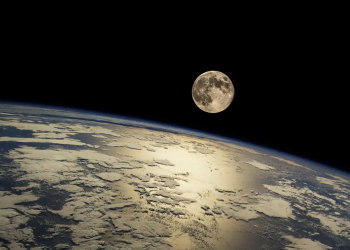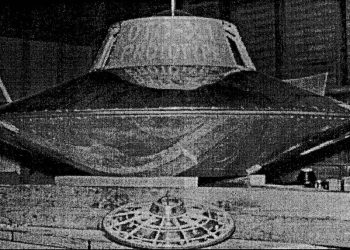For decades, geologists have known that gold forms in quartz with the assistance of seismic activity. However, the precise mechanisms behind the formation of large gold nuggets have remained a mystery—until now. Recent research has provided new insights into how earthquakes contribute to the creation of these valuable deposits.
Gold is commonly found in quartz, the second-most abundant mineral in Earth’s crust after feldspar. Unlike other gold deposits, gold within quartz often appears in the form of large nuggets. These nuggets are typically located within quartz veins—fractures in quartz-rich rocks that are periodically filled with hydrothermal fluids from deep within the Earth’s crust.
The Role of Earthquakes in Gold Nugget Formation
A recent study led by Chris Voisey, a geologist at Monash University in Australia, published in Nature Geoscience, has uncovered how earthquakes play a crucial role in the formation of these large gold nuggets. While gold typically forms in quartz, the concentration of gold into sizable nuggets rather than an even distribution within quartz veins was previously not well understood.
Hydrothermal fluids, which carry gold atoms from deep within the Earth, flow through these quartz veins. In theory, gold should disperse evenly within the veins. However, Voisey’s research revealed that two key factors contribute to the formation of gold nuggets: the occurrence of orogenic gold deposits during earthquakes and the piezoelectric properties of quartz.
Quartz is a piezoelectric mineral, meaning it generates an electric charge when subjected to geological stress, such as that caused by earthquakes. This electric charge interacts with the gold dissolved in hydrothermal fluids, causing it to precipitate and solidify. As Voisey explains, “Gold dissolved in solution will preferentially deposit onto pre-existing gold grains,” essentially acting as an electrode for further gold accumulation.
This process explains why gold tends to cluster into large nuggets within quartz veins, with each earthquake contributing to the growth of these clusters. Some of the largest known orogenic gold nuggets weigh up to 130 pounds (60 kilograms).
Laboratory Simulations Confirm Hypothesis
To test this theory, Voisey and his team conducted laboratory experiments where they simulated the effects of an earthquake on quartz crystals. By submerging quartz crystals in a gold-containing solution and replicating seismic waves, they were able to generate a piezoelectric charge. The results confirmed that quartz under stress could produce enough voltage to precipitate gold out of the solution, solidifying onto existing gold deposits.
This groundbreaking discovery not only solves a long-standing geological mystery but also opens up new possibilities for laboratory creation of large gold nuggets. However, Voisey cautions that this is not a form of alchemy; existing gold is still required in the solution, and the process involves moving it from a liquid state to adherence to another substance.
While this research enhances our understanding of gold nugget formation, it does not provide geologists with new methods for locating gold in the field. Current technology can detect piezoelectric signals from quartz veins, but it cannot determine whether these veins contain gold.
The study sheds light on the fascinating relationship between earthquakes and the formation of giant gold nuggets within quartz. By uncovering the role of seismic activity and the piezoelectric properties of quartz, scientists have taken a significant step toward understanding one of nature’s more puzzling phenomena.











